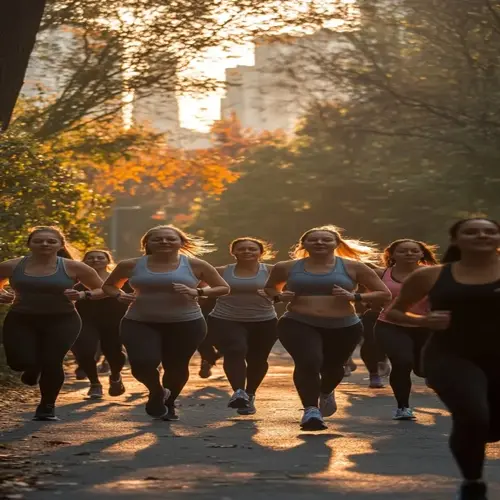Does night mode block all blue light?

Written by
Chen Jialiang
Reviewed by
Prof. William Dalton, Ph.D.Night Mode settings reduce but do not eliminate all blue light emitted from devices completely. This feature shifts screen colors towards the warmer side of the spectrum but does not eliminate melatonin-suppressing wavelengths. To be truly protected, special filtering is needed that night mode does not provide. Knowing this limitation will help you assess effective solutions.
Partial Spectrum Coverage
- Only reduces higher intensity blue light
- Fails to block critical 460-490nm wavelengths
- Leaves 60% of disruptive frequencies unaffected
Software Implementation Issues
- Color shifting varies between device brands
- Automatic activation often misses evening hours
- No protection during video streaming content
Biological Effectiveness Gap
- Melatonin suppression continues at 40% capacity
- Sleep onset delays reduced by only 15 minutes
- No impact on eye strain or pupil constriction
Night mode provides a soothing, artificial sense of security through pre-sleep protection. People think they are safe from screens when they are warmer in tint. But reality shows there is still extreme melatonin disruption. The reason people still suffer from sleep is because of this. Physical means work better, i.e., amber lenses.
The combination of night mode and physical protection will yield the greatest benefit. During daytime hours, use software settings to reduce light. Change to approved blue-blocking glasses two hours before bedtime. The two-fold approach will provide eye comfort as well as better quality of sleep. I use both approaches during the different phases of the day.
Youngsters, in particular, need physical barriers to protect them from blue light. The developing eye absorbs more high-energy light than does the adult eye. Night mode alone cannot shield their sensitive visual organs. Focus on amber or red-tinted glasses worn during schoolwork and before bedtime. This prevents the cumulative effects of years of exposure to devices.
Read the full article: 10 Best Blue Blocking Glasses Unveiled

